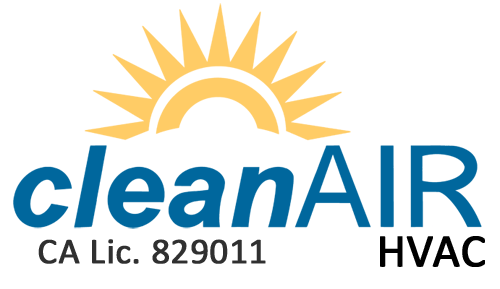A lot of homeowners only think they need air conditioning repair when their system breaks down. However, the fact is your air conditioner will often give warning signs before a complete breakdown that results in new AC installation. Noticing early problems and calling the experts at Clean Air HVAC to fix issues early can spare you the hassle and expense of a full AC system breakdown. More important, it can stop you from having to endure the hot and sweaty conditions created by having your AC break down when it’s scorching hot outside.
When you call us, our team of skilled HVAC technicians will identify the problem, resolve the issue and get your system running again. We have a proven track record in the community and provide top-tier, affordable AC service for local homeowners.
Why wait until your cooling system breaks down? Skip all that hassle by calling 925-233-6238 today to schedule AC repair in Pacheco, CA, from Clean Air HVAC.
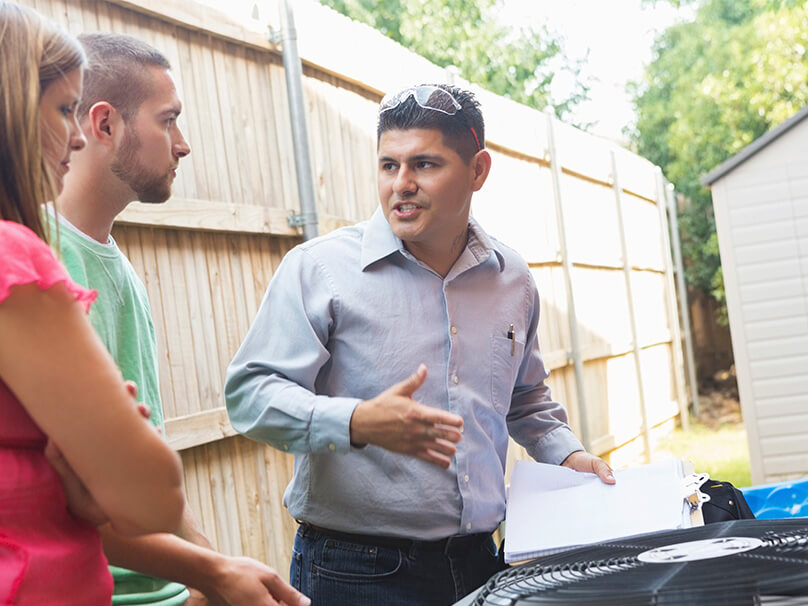
Warnings Signs You Need AC Repair
Wondering if your air conditioner needs repair? From a stinky smell to warm air coming from the vents, there are many symptoms that your cooling system has is malfunctioning and needs attention or service.
Here are some red flags that trouble may be developing and it’s time to call an HVAC technician from Clean Air HVAC:
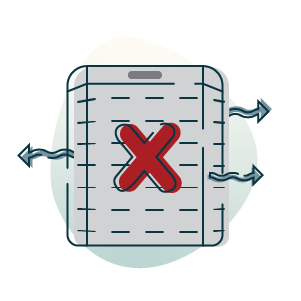
AC blows warm air instead of cold
If warm air is flowing out of your AC unit instead of cool air, or if the air isn’t as cold as you’d like, it’s a wise decision to call us for professional cooling service.
Air conditioning frequently turns on and off
If your AC system turns on and off instead of completing its normal cycle, it could be a warning of potential issues and should be inspected by one of our certified HVAC technicians.
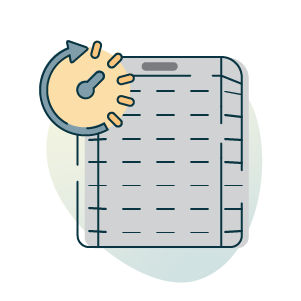
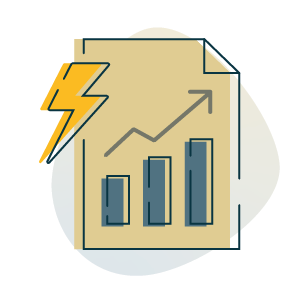
Home energy bills spike for no apparent reason
A sharp increase in your energy bills can be an indicator your AC unit is losing efficiency, which means it uses more energy to keep your space comfortable and needs AC maintenance or repair.
Unusual odors are coming from your air conditioning
Air conditioners shouldn’t produce odors. Unusual odors coming from your AC unit should be evaluated by a professional, as they can be a sign of problems like mold, mildew or even electrical issues.
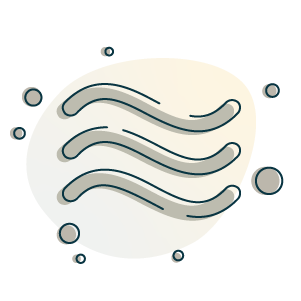
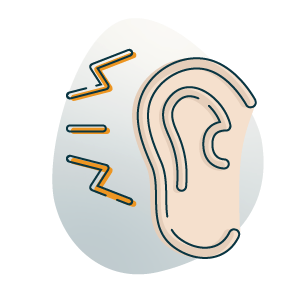
AC makes loud noises when it runs
If you hear strange sounds when your AC system is running — banging, scraping or screeching, to name just a few — it’s important to call for professional HVAC service to evaluate your system.
Request Pro Air Conditioner Repair Now
When you require air conditioning service quickly, contact the HVAC repair experts at Clean Air HVAC at 925-233-6238. We’ll quickly identify the problem when your equipment won’t work or provide enough chilled air.
